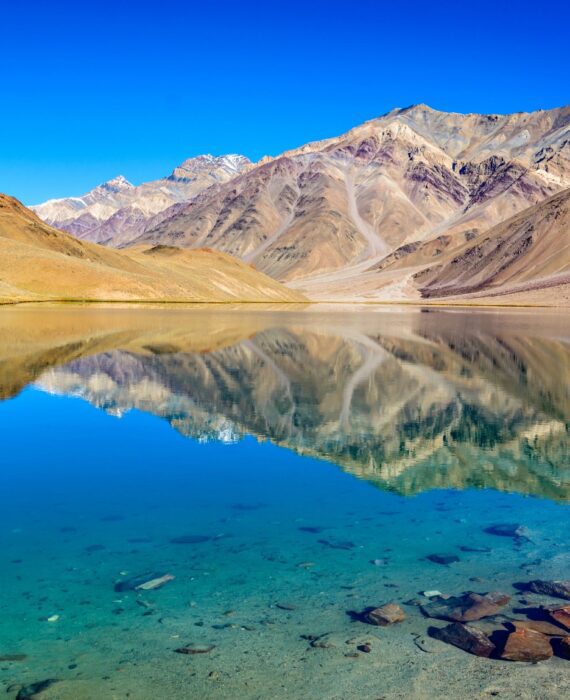
Chandratal Lake: Guide to the magnificient lake of Spiti Valley
Chandratal Lake – the most awaited part
Sikkim, quietly tucked between Nepal, China, Bhutan, and West Bengal holds a vast treasure of the natural beauty and the cultural richness. The pristine state is the home to the mountain peaks, glaciers, high altitude-lakes, hot water springs, dense forests, rhododendron grooves, stunning monasteries, and the breathtaking valleys.
Starts: from Bagdogra/Siliguri
Ends: at Bagdogra/Siliguri
Start: TBA
End: TBA
₹ 32000
Sikkim is timeless, yet a progressive place with sustainability at its core. It’s the first Indian state that went entirely organic. Mind you; plastic bottles are banned here.
Sikkim, quietly tucked between Nepal, China, Bhutan, and West Bengal holds a vast treasure of natural beauty and cultural richness. The pristine state is home to mountain peaks, glaciers, high-altitude lakes, hot water springs, dense forests, rhododendron groves, stunning monasteries, and breathtaking valleys. One is bound to get possessed by the mighty Kanchenjunga, which is the world’s third-highest mountain peak, and get healed by listening to the chants from the monasteries. The colorful Buddhist prayer flags dancing in the air leave one feeling spiritual. Seamlessly flowing Teesta river gives a true companionship in a new land as we meet it again and again during the memorable sojourn to this magical world.
Did you know that Sikkim is the first state in the entire world to go fully organic?
In, its entire farmland was certified organic and a complete ban was implemented on chemical fertilizers and pesticides. This transition was done with the aim of preserving its fragile ecosystem, and rich biodiversity and providing a healthier life for its people.
The ancient silk route passes through Sikkim which connects it with China through a narrow zigzag road offering an adventurous ride until Nathu La. Sikkim is timeless, yet a progressive place with sustainability at its core. It’s the first Indian state that went entirely organic. Mind you; plastic bottles are banned here.
Let’s embark on a lifetime journey to this place to explore some of the unexplored trails, and tasting a bit of its natural and cultural abundance!
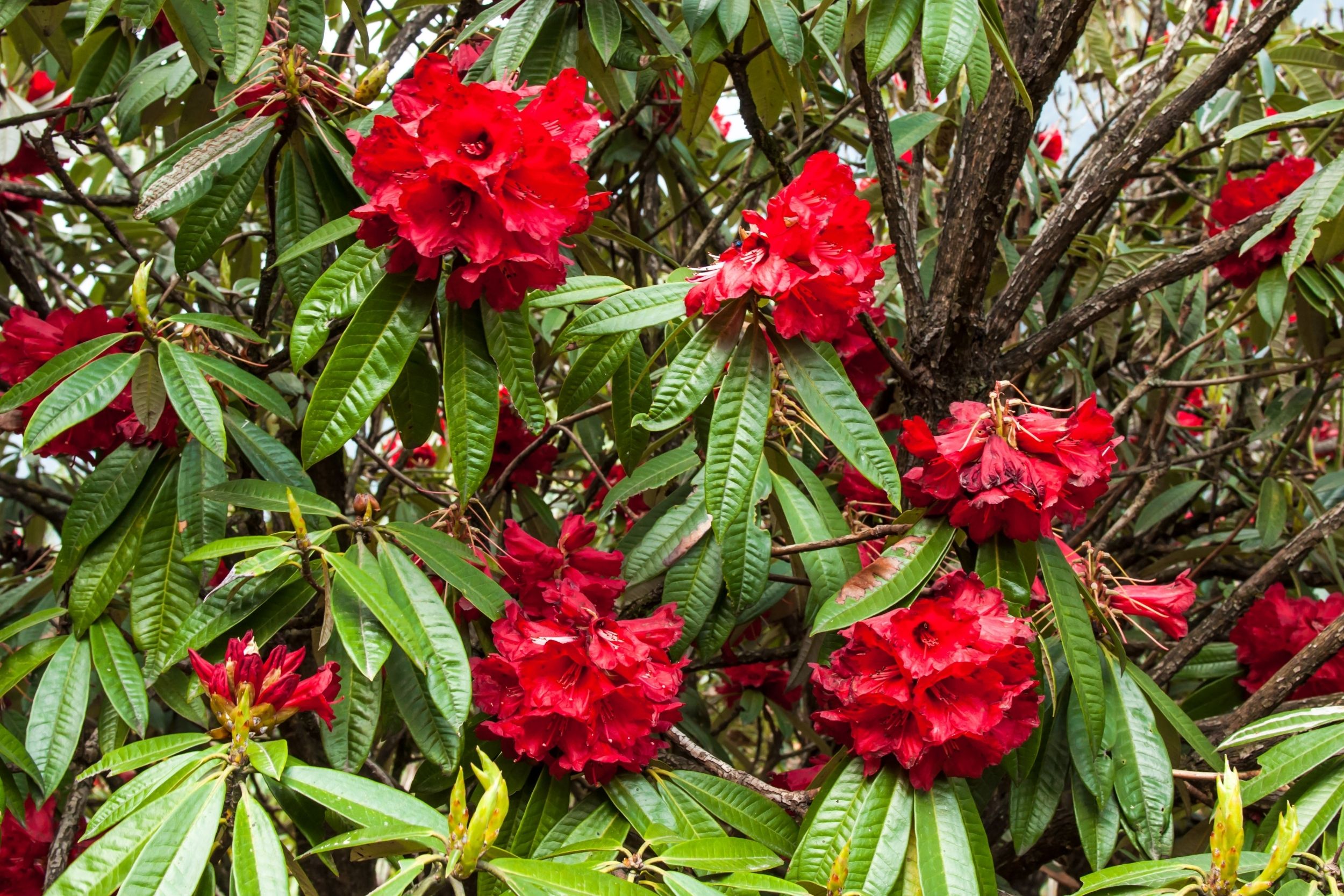
Rhododendron, the tall & colorful flower with huge leaves, is one of the most beautiful flowers found in India. It’s the national flower of Nepal and can be spotted in Sikkim from March to May. Apart from its mesmerizing beauty, the flower is edible too. It can be pickled, juiced and also used to make herbal tea.

Naga Falls is situated on Gangtok-Chungthang road and it comes on the route while going to Lachen or Lachung from Gangtok. It is easily visible from the road as it is one of the longest waterfalls in Sikkim. As a matter of fact, it is so long that there is a steel bridge to cross the waterfall and it’s also not possible to capture the entire waterfall in a single frame with a normal camera. Although, the high point or the point of the origin of the falls is not directly visible from the road but can be viewed by undertaking a short trek on rocky terrain.
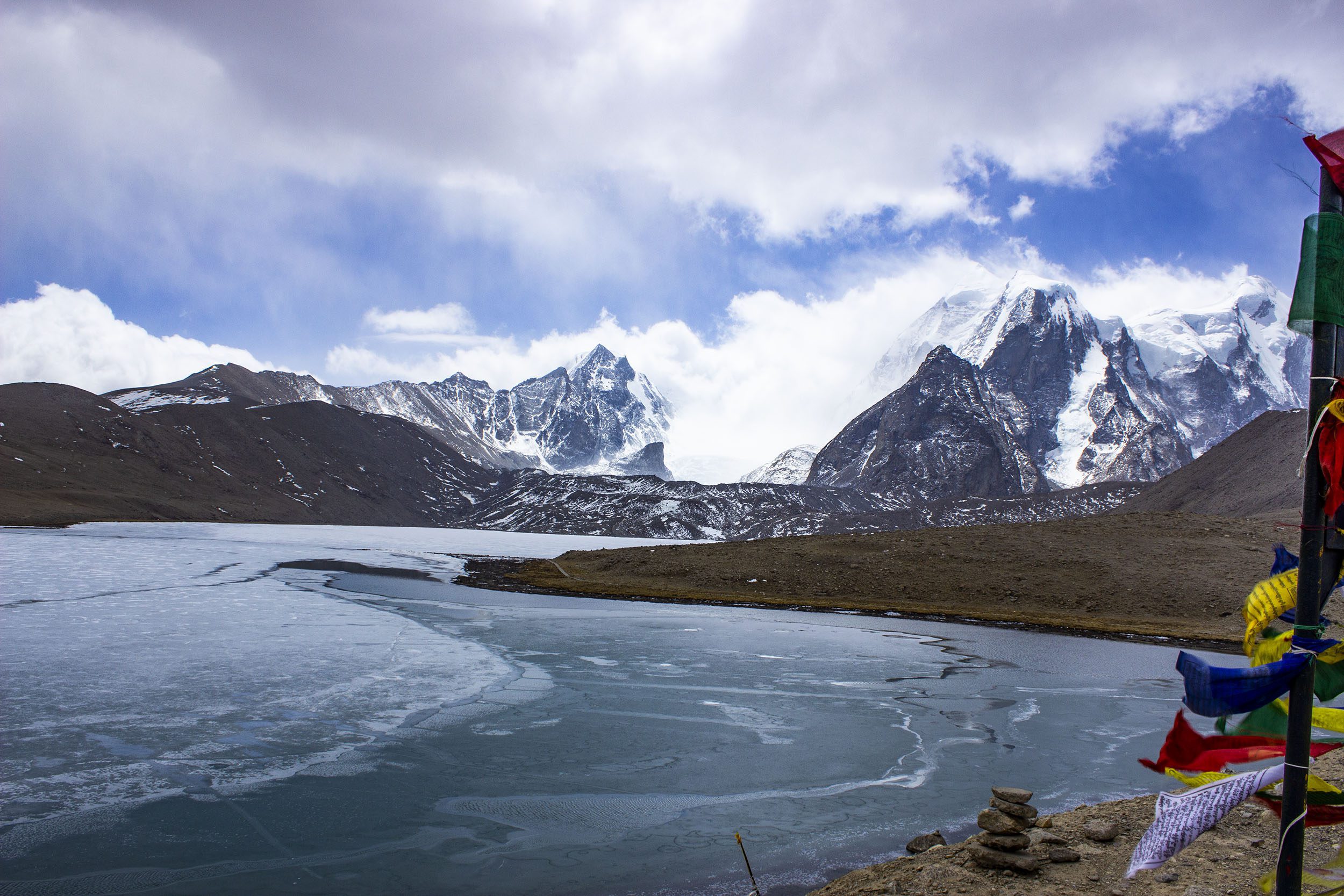
Located at an altitude of 17100 ft and a distance of 5 km from China, Gurudongmar is one of the highest lakes in the world. Fed by glaciers, the pristine lake stays frozen during the months of the winter. This lake is considered sacred in Buddhism and Hinduism which is very well explained by legends. Witnessing this majestic beauty is going to leave us mesmerized for the lifetime!
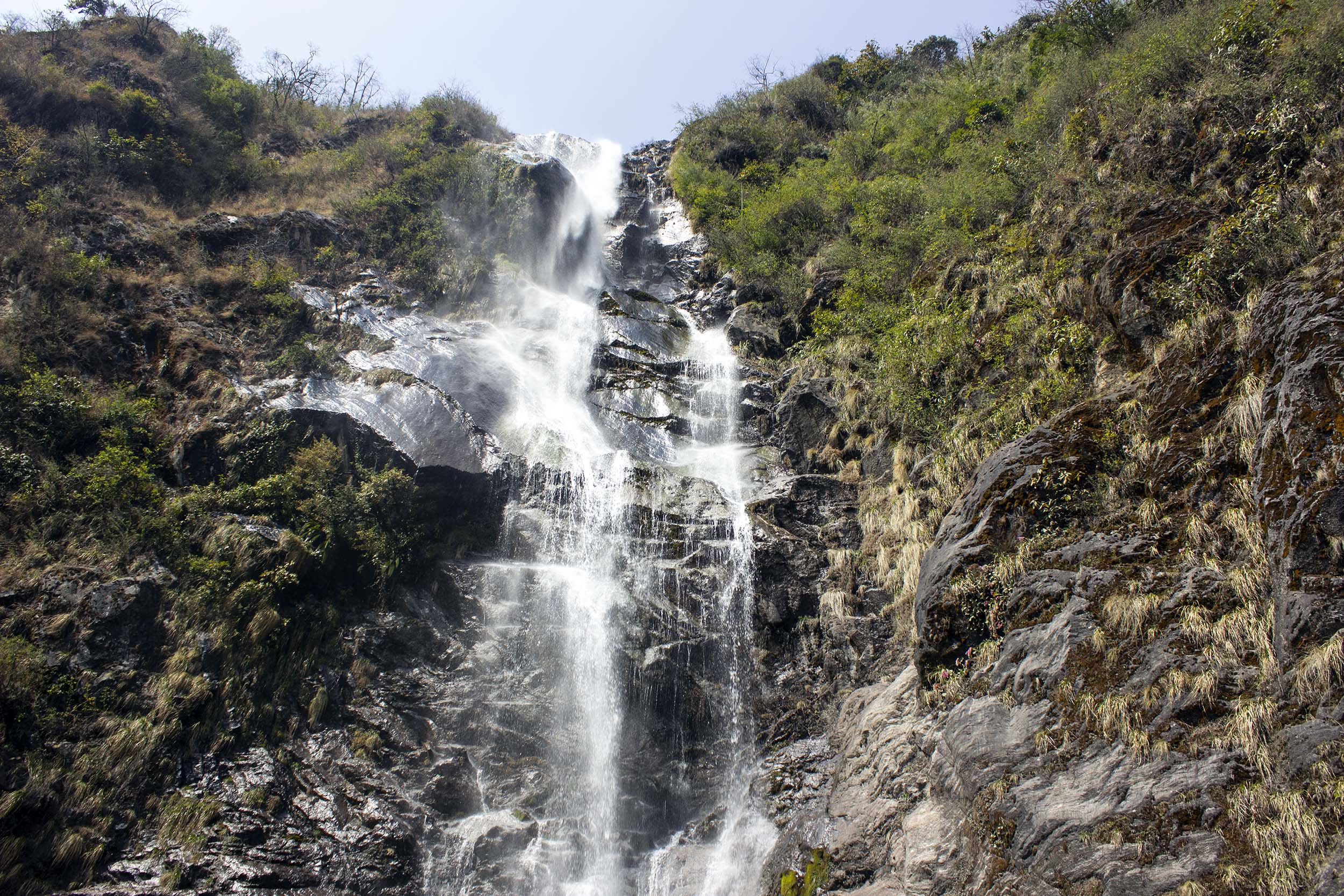
Bhewma Falls is located on the road connecting Chungthang and Lachung. It’s a beautiful three-step cascading waterfall that looks strikingly beautiful against the black rocks. These falls are also known as Bhim Nala Falls or Lachung Falls. Due to the towering height of the falls, they are also named Amitabh Bachchan Falls by the locals. The fun fact is that the Bollywood actor came to know that there is a waterfall in Sikkim named after him, only in 2019, from a fan’s tweet.
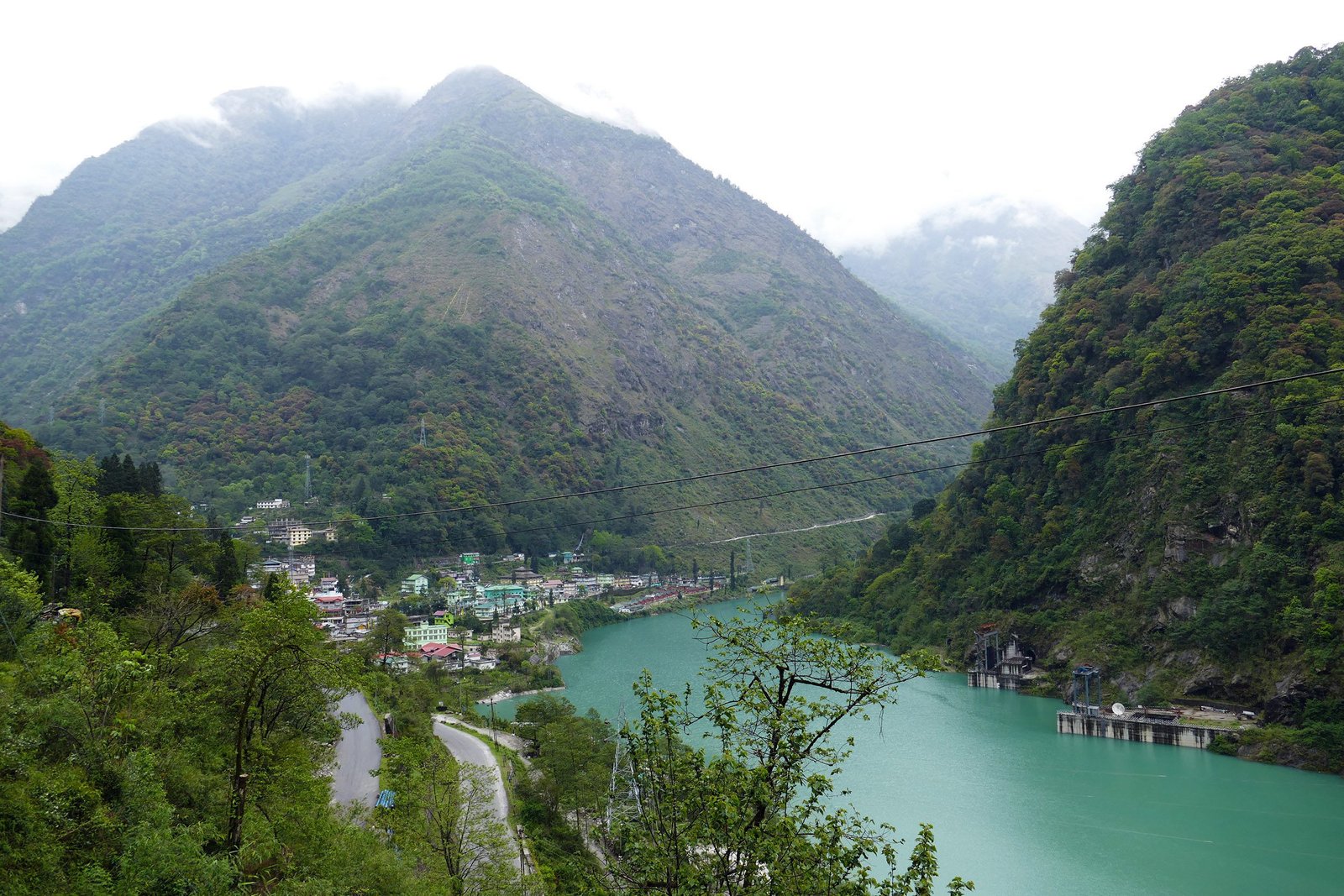
Chungthang is a small village located at the confluence of Lachen and Lachung rivers, which combine to form the lifeline of Sikkim – Teesta River. This beautiful hamlet has great importance in mythological stories as the place is believed to be blessed by Guru Nanak Dev Ji and Guru Rinpoche. According to legend, some of the rice fell here from the hands of the revered Guru Rinpoche when he was on his way to Tibet which still results in the good growth of paddy at such high altitude, which is not less than a miracle.
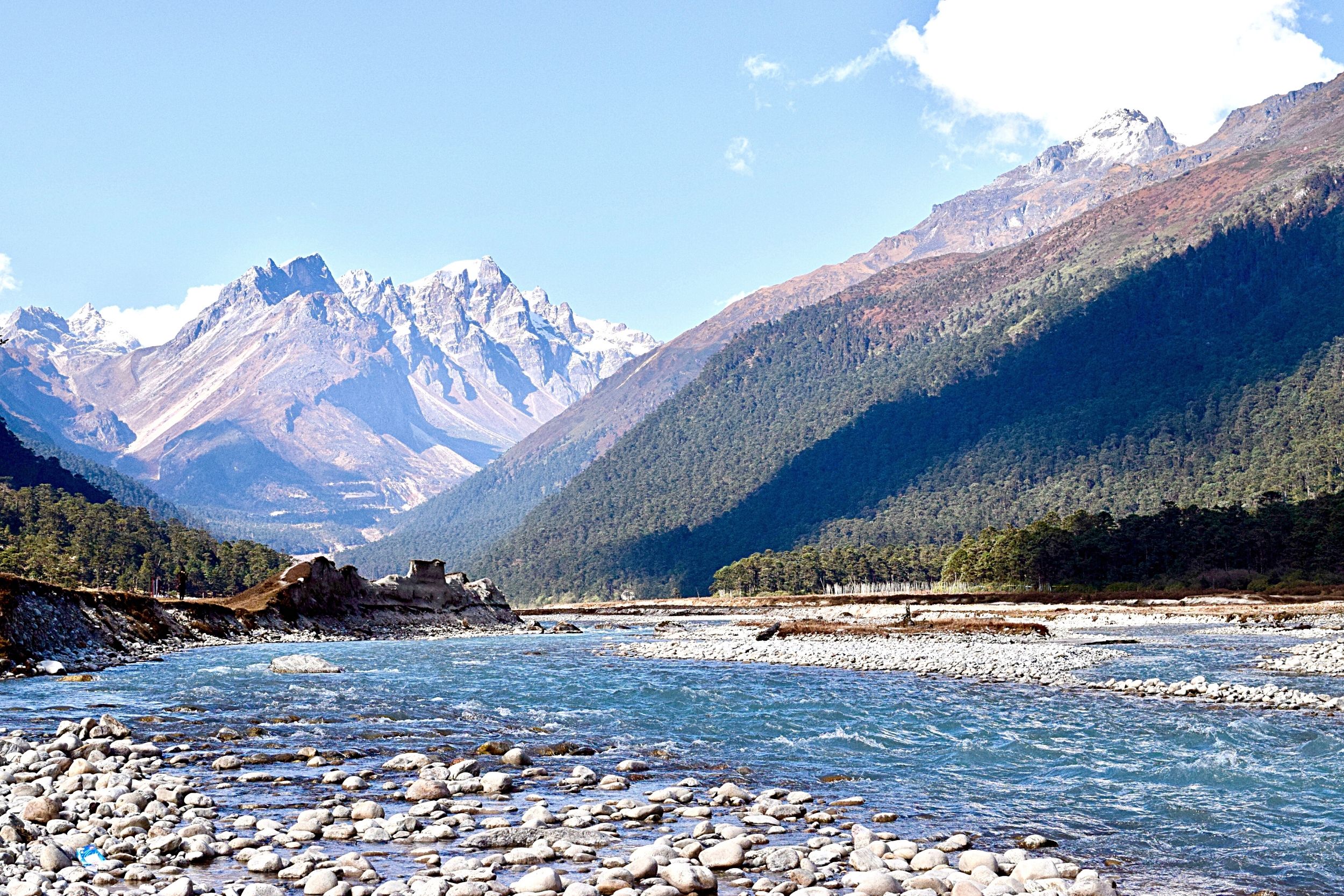
Yumthang Valley, positioned at an altitude of 11,500 feet, is popularly known as Valley of Flowers in Sikkim. The valley is the home to many rare and exotic flowers such as Rhododendrons, Primroses, Cinquefoils, Cobra-lilies and Louseworts. The end of tree-line (the altitude above which there are no trees) can also be seen in Yumthang. The spectacular blend of flora and fauna makes it look like a multihued slope beautifully embraced with shrubs, little forests, trees and flowers of striking colors. A single visit to this place will keep beckoning you forever.
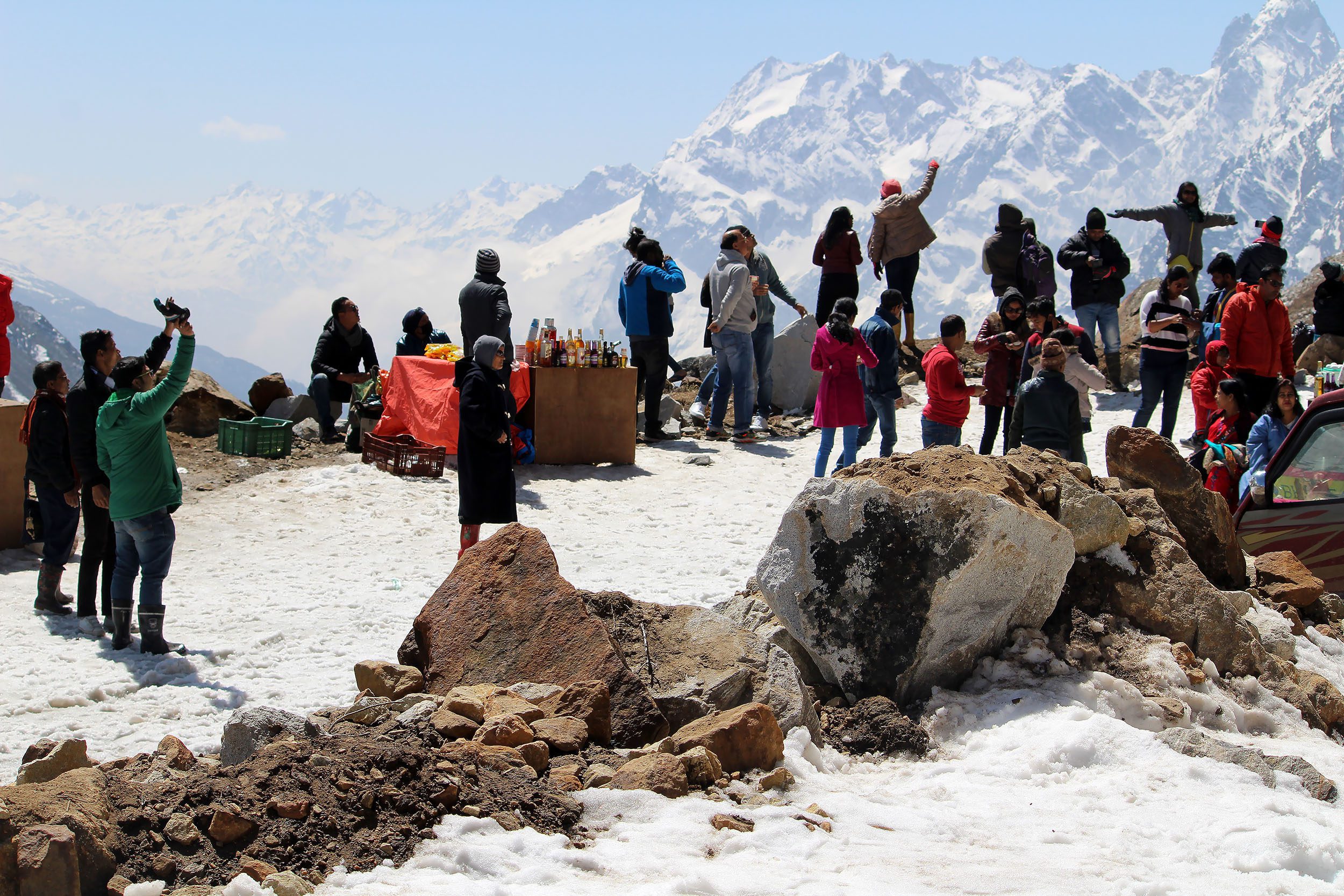
Yume Samdong is located at a distance of 23 km from Yumthang Valley and an altitude of 15,000 feet. It is also known as Zero Point because the civilian roads end here as the border of India and China lies in close vicinity. The not-so-comfortable journey from the valley to zero point is rewarded by an unimaginable scenic marvel and the Azalea scented air. The snow-covered mountain peaks, the confluence of three rivers, snow bed with small grass stretches and the gazing yaks combine to make this place a natural heaven.
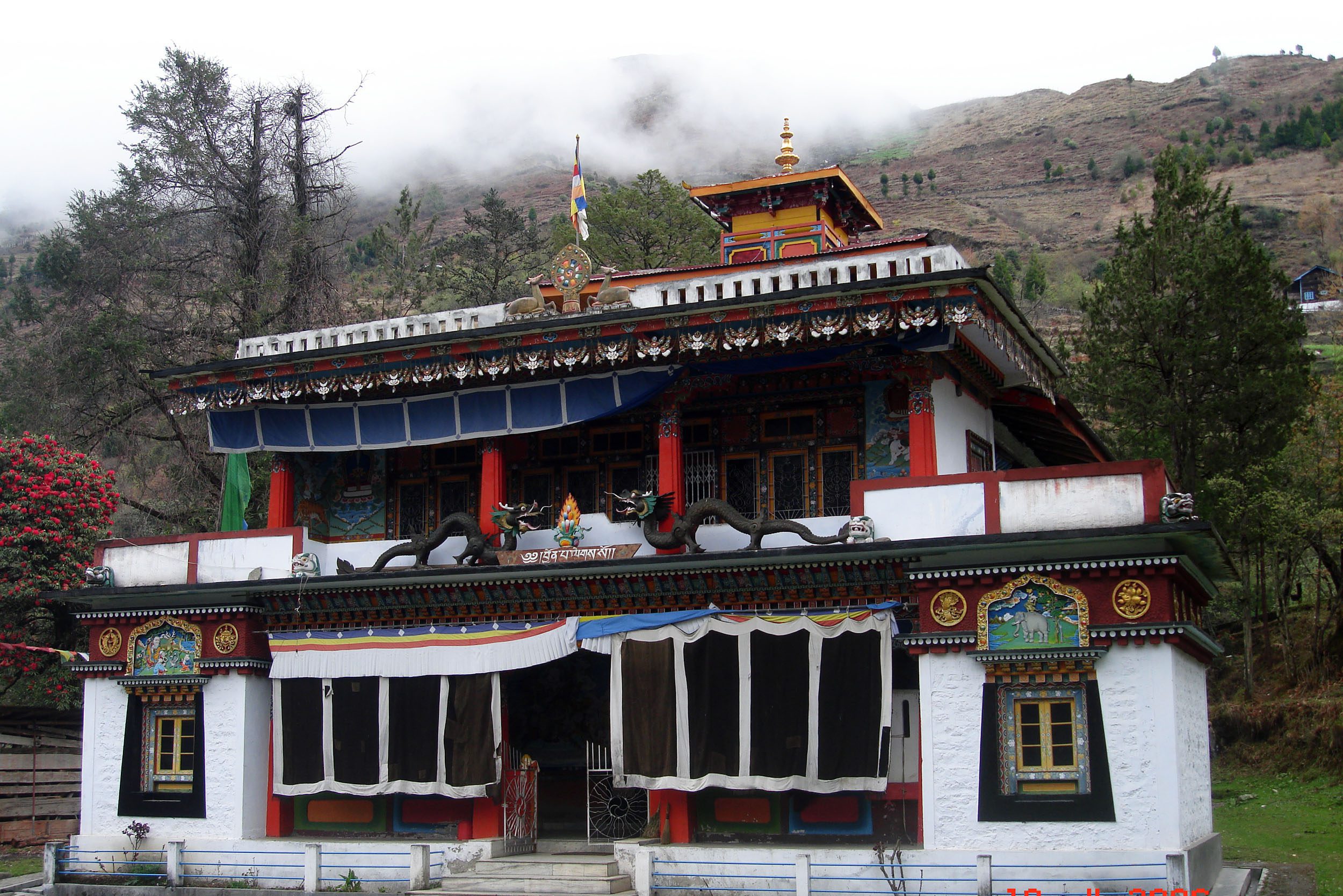
Lachung Monastery, built in 1880 and located at an altitude of 9600 feet, is a beautiful monastery situated in the village of Lachung, on the confluence of Lachung River and Lachen River. It’s a small monastery painted with vibrant colors and graced with a two-storey prayer hall with twin metal dragons above the porch, which contains a pair of extra-heavy prayer wheels. Utmost peace and silence is the best gift of this monastery to any visitor.
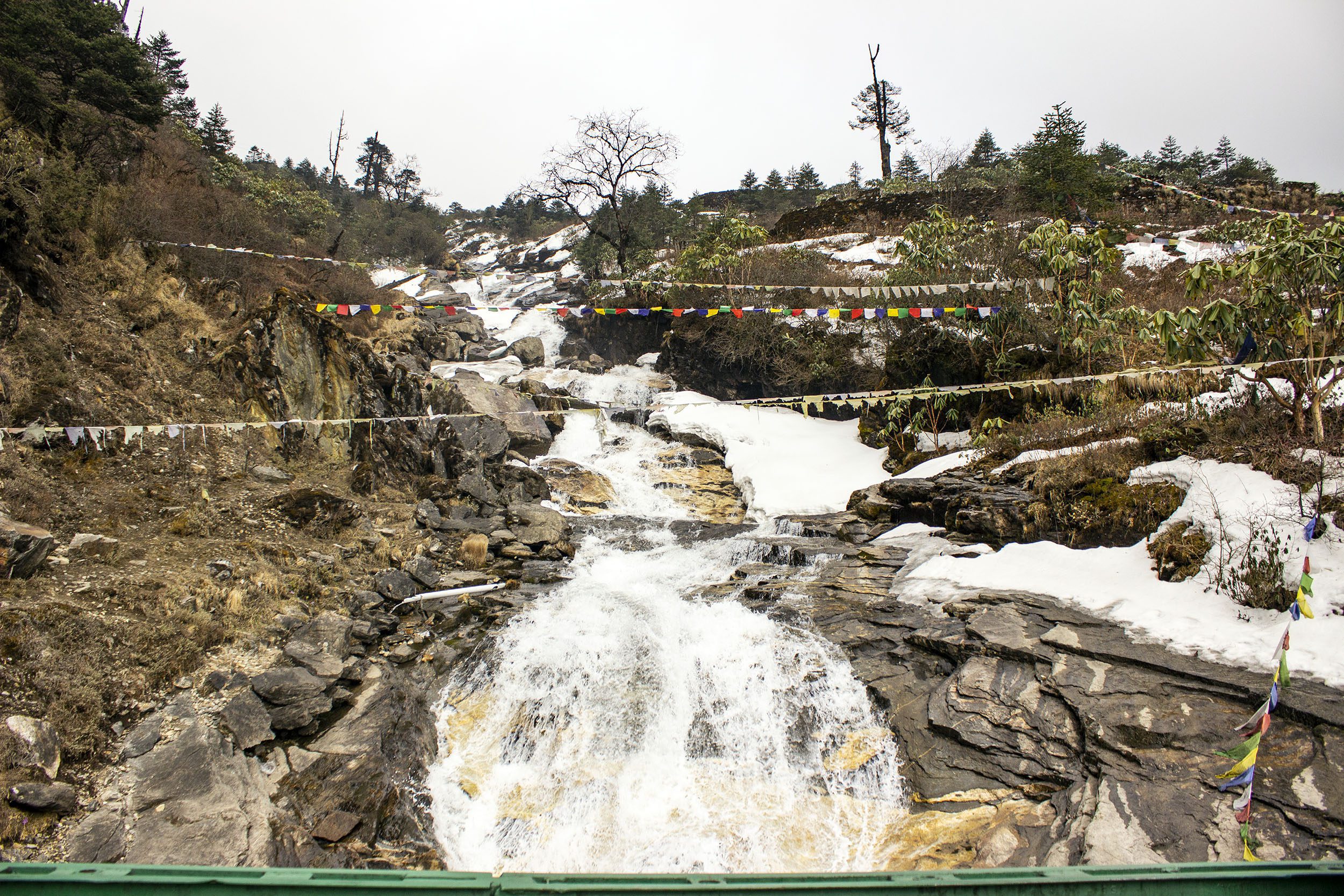
Khanda Waterfall is one of the most magnificent, beautiful, and scenic waterfalls in Sikkim. It’s also a very offbeat waterfall as very few people know about it. The Internet shares very little information on the Khanda waterfall. It comes on the way while going from Lachung to Katao, and it can be witnessed from the road itself. The dancing prayer flags above the waterfall give a very mesmerizing and soothing feeling.
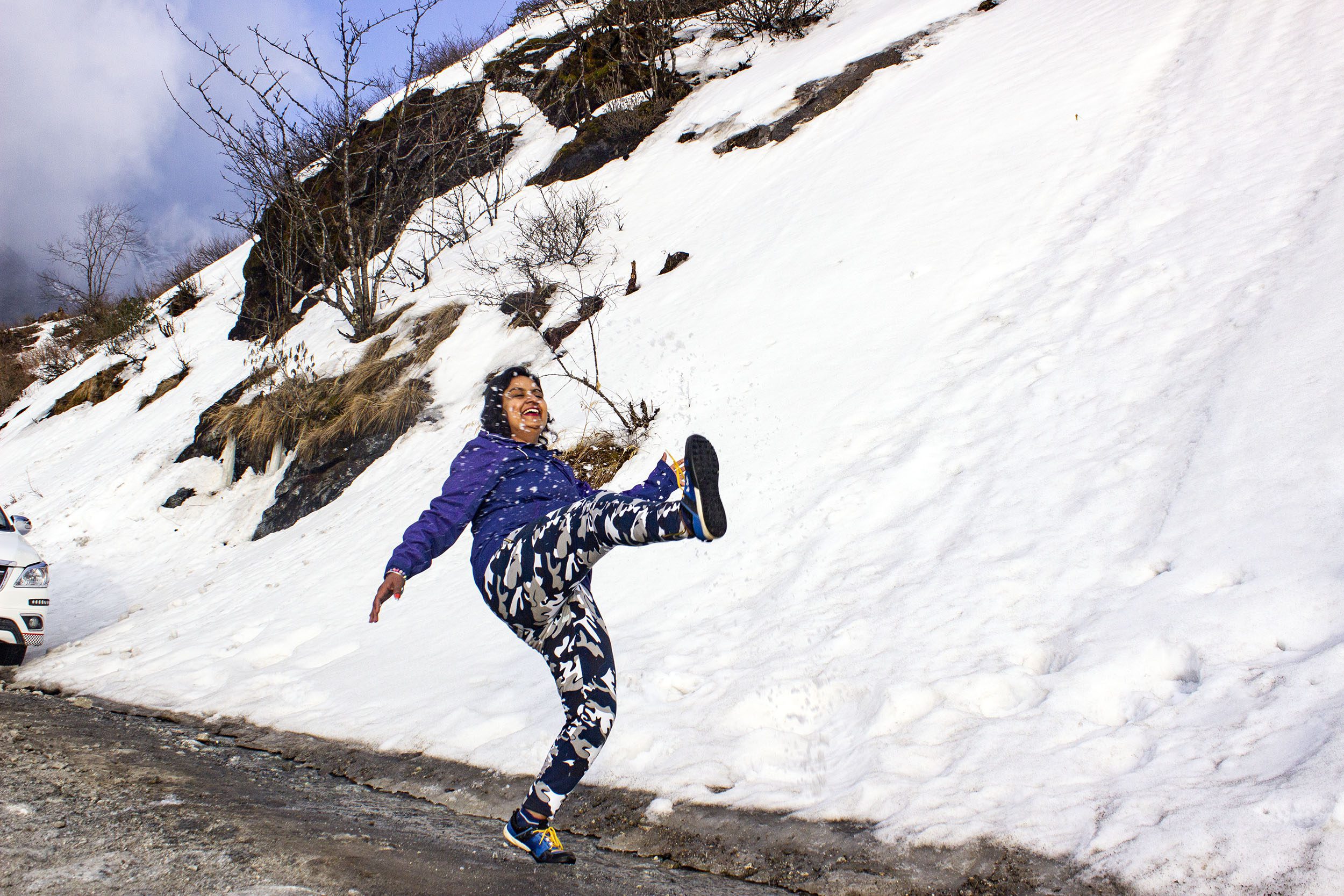
Katao Border is also another offbeat place to visit in North Sikkim. It’s located at a distance of 28 km from Lachung and offers a very pleasant and scenic drive full of picturesque views of snow-covered mountains and waterfalls. Katao is not so known to the Indo-China border and hence visitors can visit only up to a certain distance. You can play with snow, click beautiful pictures and chat with army officials as very few tourists come here.
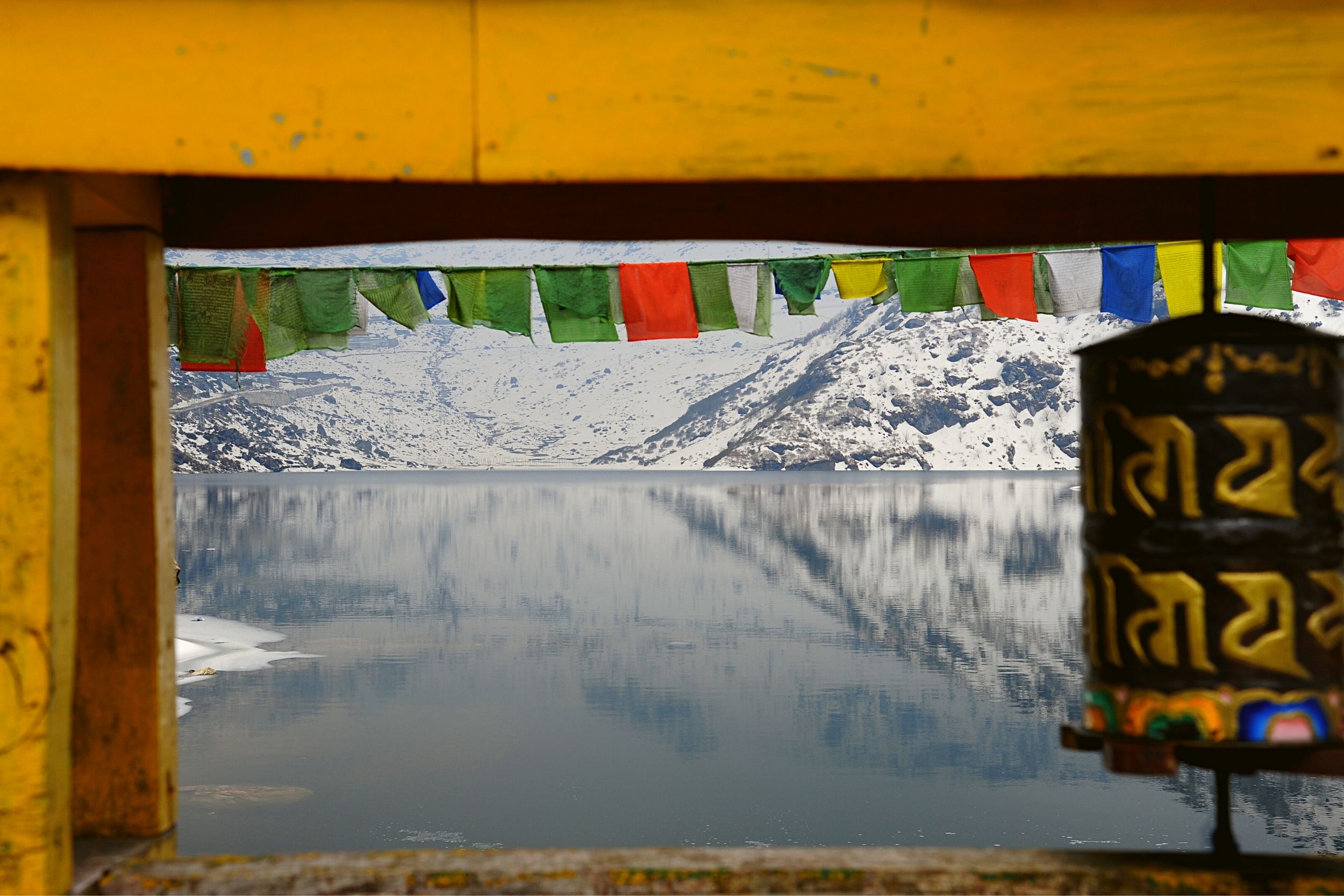
Nathu La is one of the highest motorable roads in the world, and a pass in the Himalayas that connects Sikkim with Tibet. Located at an altitude of 14,140 feet, Nathu La is also known for its picturesque beauty, gushing waterfalls and pristine lakes. It forms a part of the ancient Silk Road, and is one of three open trading border posts between India and China; the two others are Shipkila in Himachal Pradesh and Lipulek at the trisection point of Uttarakhand, Nepal, and China.
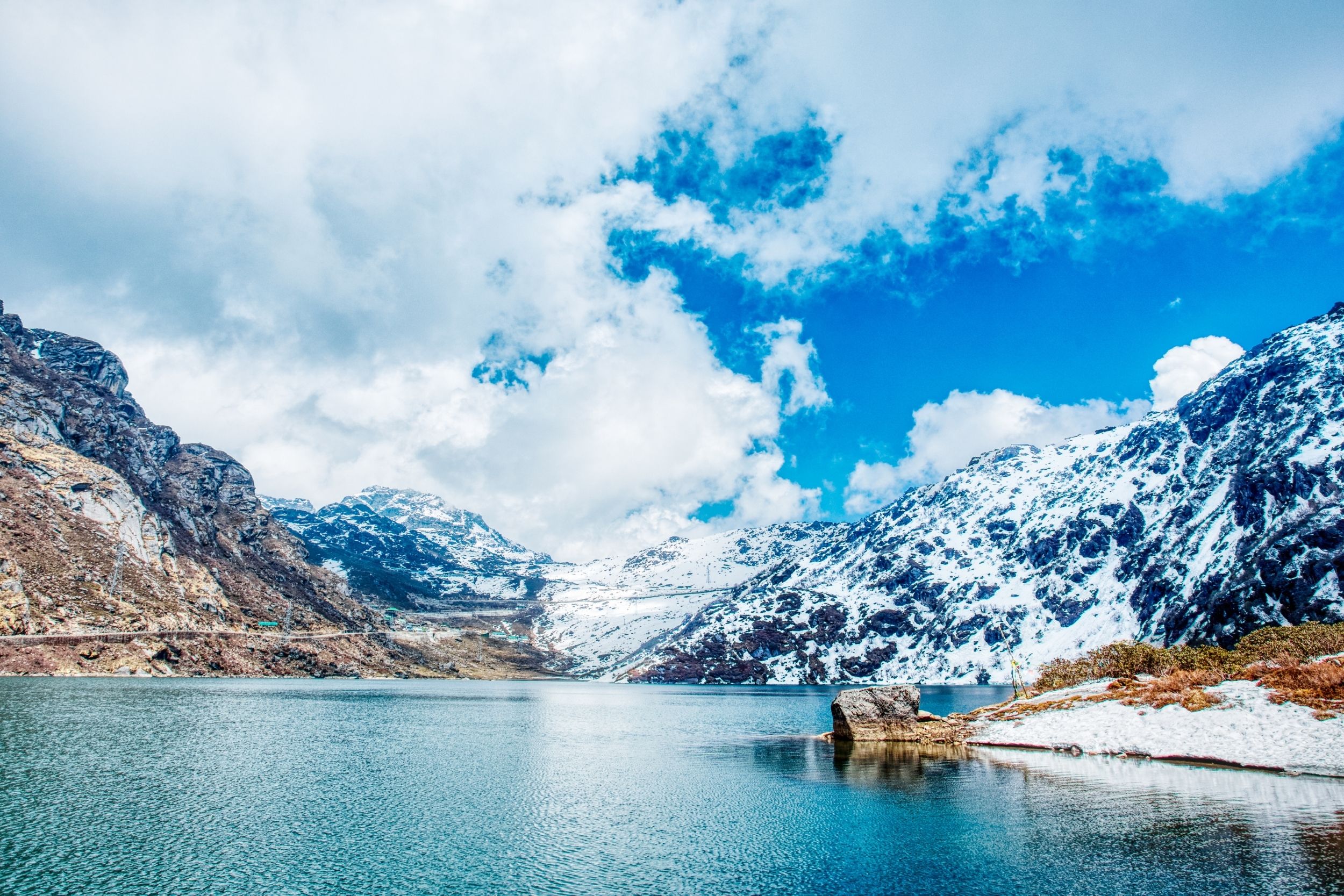
Tso is the Tibetan word for Lake. Tso Mgo, also known as Changu Lake, is a glacial lake, positioned at an altitude of 12, 400 feet. The lake falls on the road which leads to Nathu La. The prayer wheels and a temple dedicated to Lord Shiva near the lake make it a sacred site. It is also believed that in the ancient times, monks used to study the color of the water to forecast future.
Like most of the lakes of Sikkim, Changu lake is also a glacial lake and stays frozen during winters. The lake is always ethereally beautiful.

Kupup Lake, beautifully nestled amidst snow-covered mountain peaks, is one of the most scenic lakes falling on Old Silk Route passing through Sikkim. It is located in the tranquil village of Kupup, which only has a few houses and a police check-post. The shape of the lake resembles an elephant and hence, it is also known as Elephant Lake. The right side of the lake looks like a trunk, and the left one is like a tail of an elephant. Every single moment spent witnessing this lake is going to be so spell-binding that we would not want to leave.
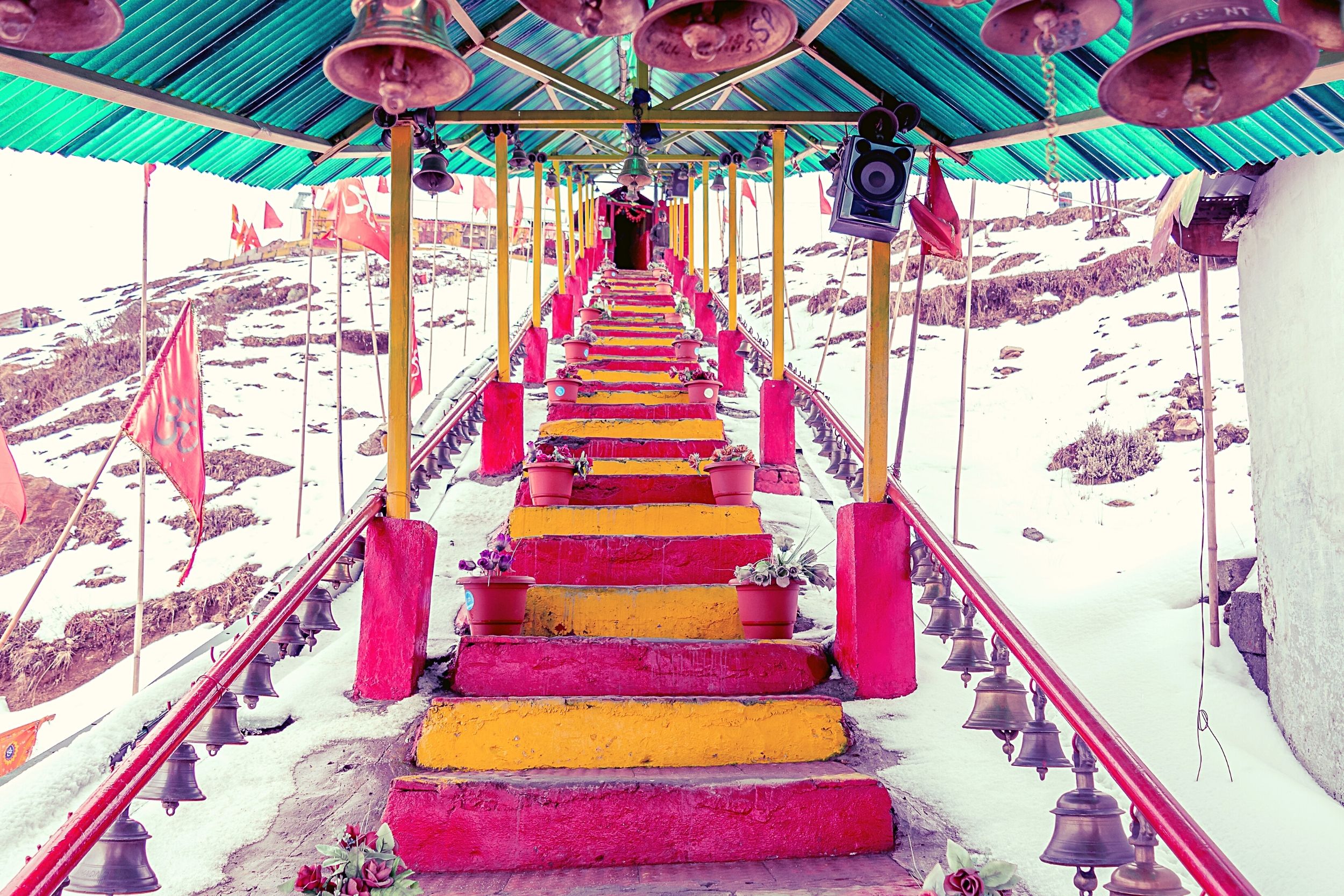
Baba Mandir is a shrine dedicated to Major Harbhajan Singh who disappeared in 1968 while patrolling the India China border area near Nathula. It is believed that his spirit protects the vigilant soldiers at the border working under harsh weather conditions at the high-altitude Himalayas. That’s why he is revered as the “Hero of Nathula” and given a status of a saint by his believers.
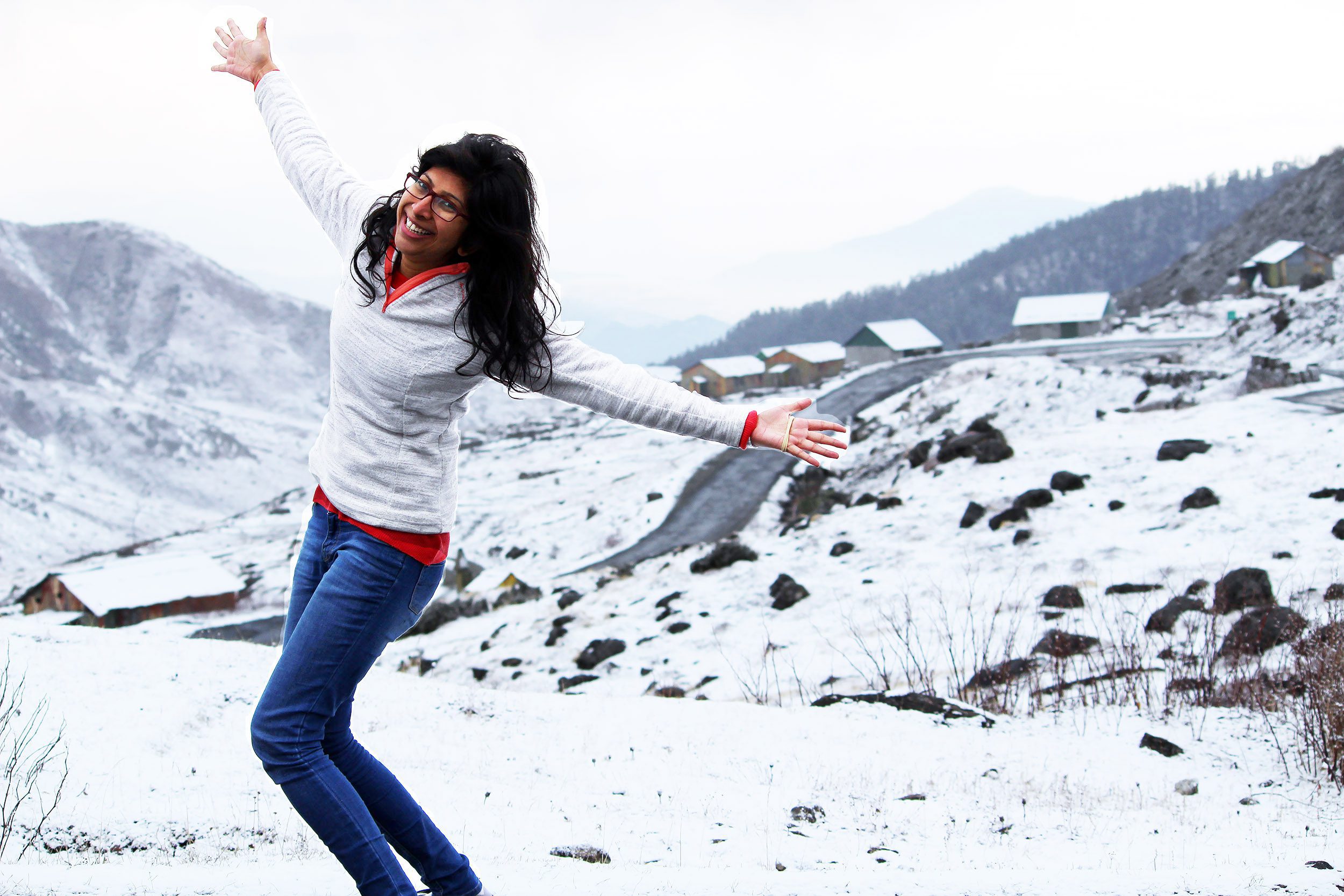
A valley that doesn’t have anything famous, but it still has got everything needed to satiate the cravings of a nature lover. Mountain peaks, prayer flags releasing positive energy in the air and the snake-shaped water streams passing through the valley give the feel of a paradise. Located at an altitude of 13,500 feet, the valley is also graced by the presence of migratory birds just before the onset of winter. A small monastery, a temple and a bridge can be spotted from very far. Nathang Valley used to be the home to yak herders who migrated to Sikkim from Tibet.

Thambi View Point, located at a distance of 14 km from Zuluk on the famous zigzag road with almost 30 hairpin turns, is a roadside viewpoint that offers a panoramic view of Kanchenjunga Mountain. The majestic view also makes it a good spot to welcome the rising sun early in the morning. Just imagine the golden hue of sun spread over such a gigantic peak!
The viewpoint is named after the Civil Engineer who constructed the above-mentioned zigzag road because building something complicated at an altitude of 11,200 feet is indeed an achievement.
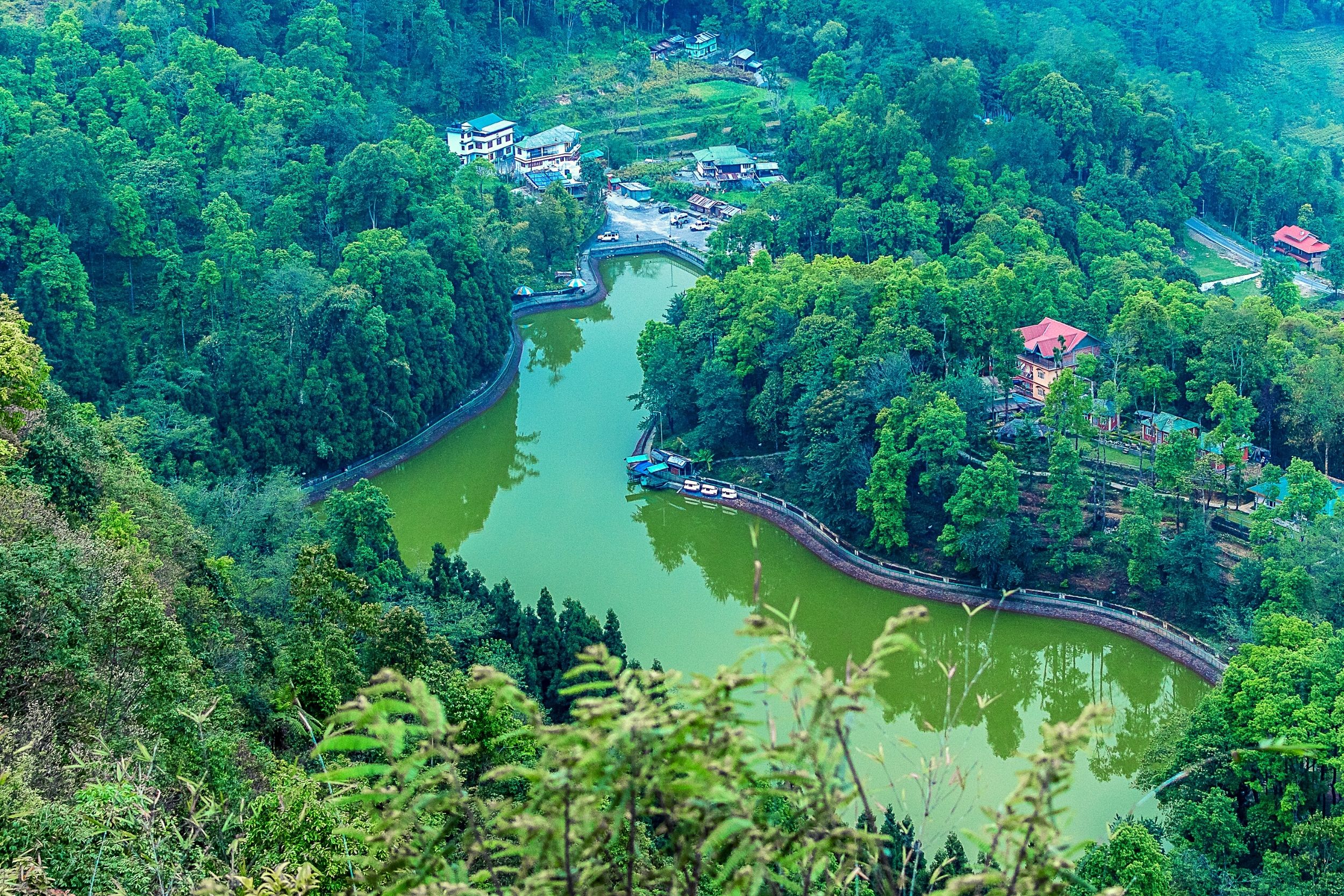
Mankhim, located very close to the town of Aritar, is a scenic hilltop destination and a vantage point that offers the opportunity to absorb the beauty of the many picturesque places, fragrant air and the mesmerizing tweeting of birds, including the emerald green waters of Lampokhri Lake and the spectacular view of Kanchenjunga. Spending some time here is an invigorating retreat.
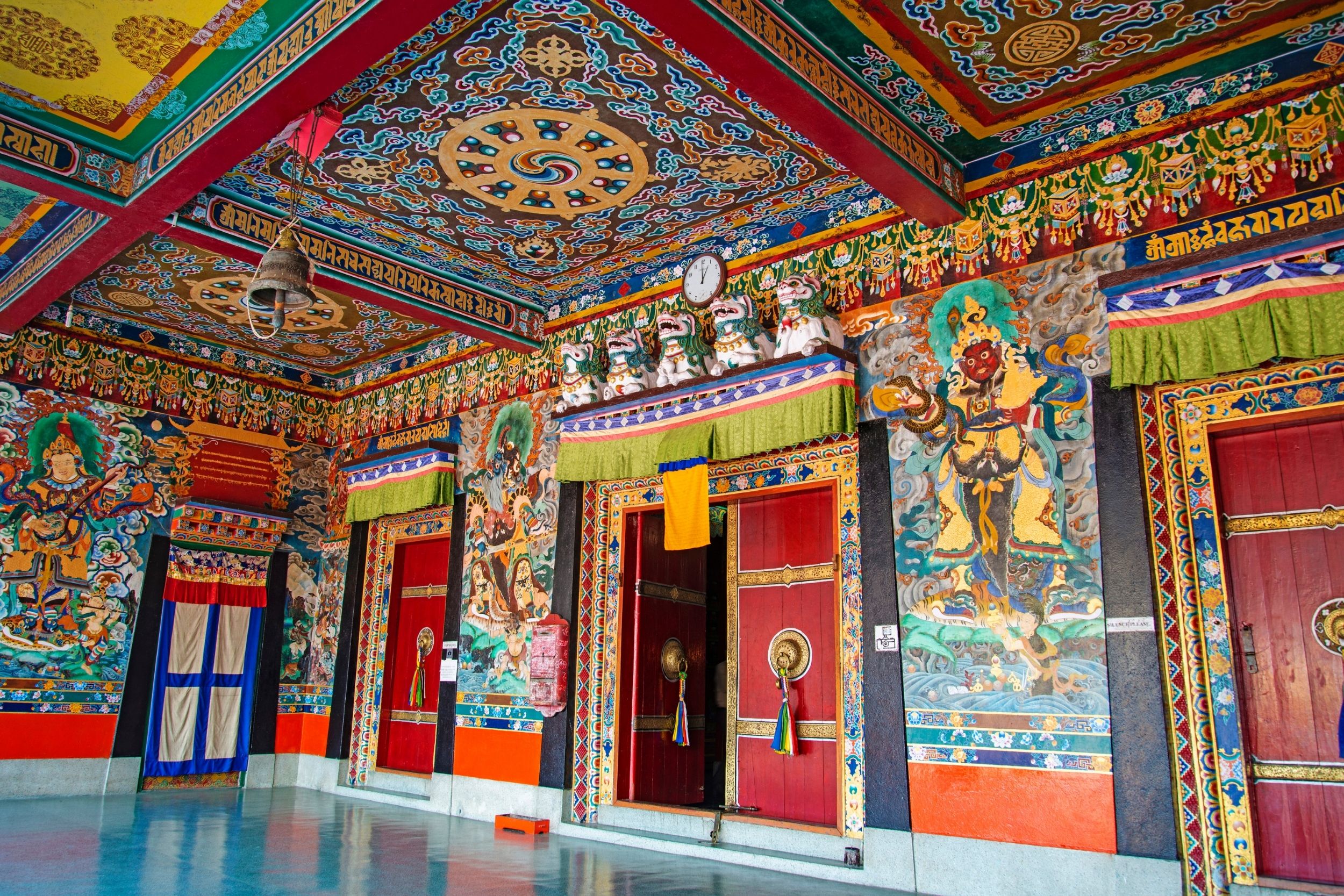
Located at a distance of 23 km from Gangtok, Rumtek Monastery is one of the largest and the significant monasteries in the Sikkim. The architecture of the monastery is one of the finest in the world and very closely resembles the one in Tsurphu, Tibet. The monastery is a three-storey building which has a huge prayer hall equipped with some of the rarest & intricate hand-painted murals, thangkas, silk paintings, and statues.
Perched on a beautiful hilltop, the monastery also serves as a visual treat and offers an incredible view of Gangtok town.
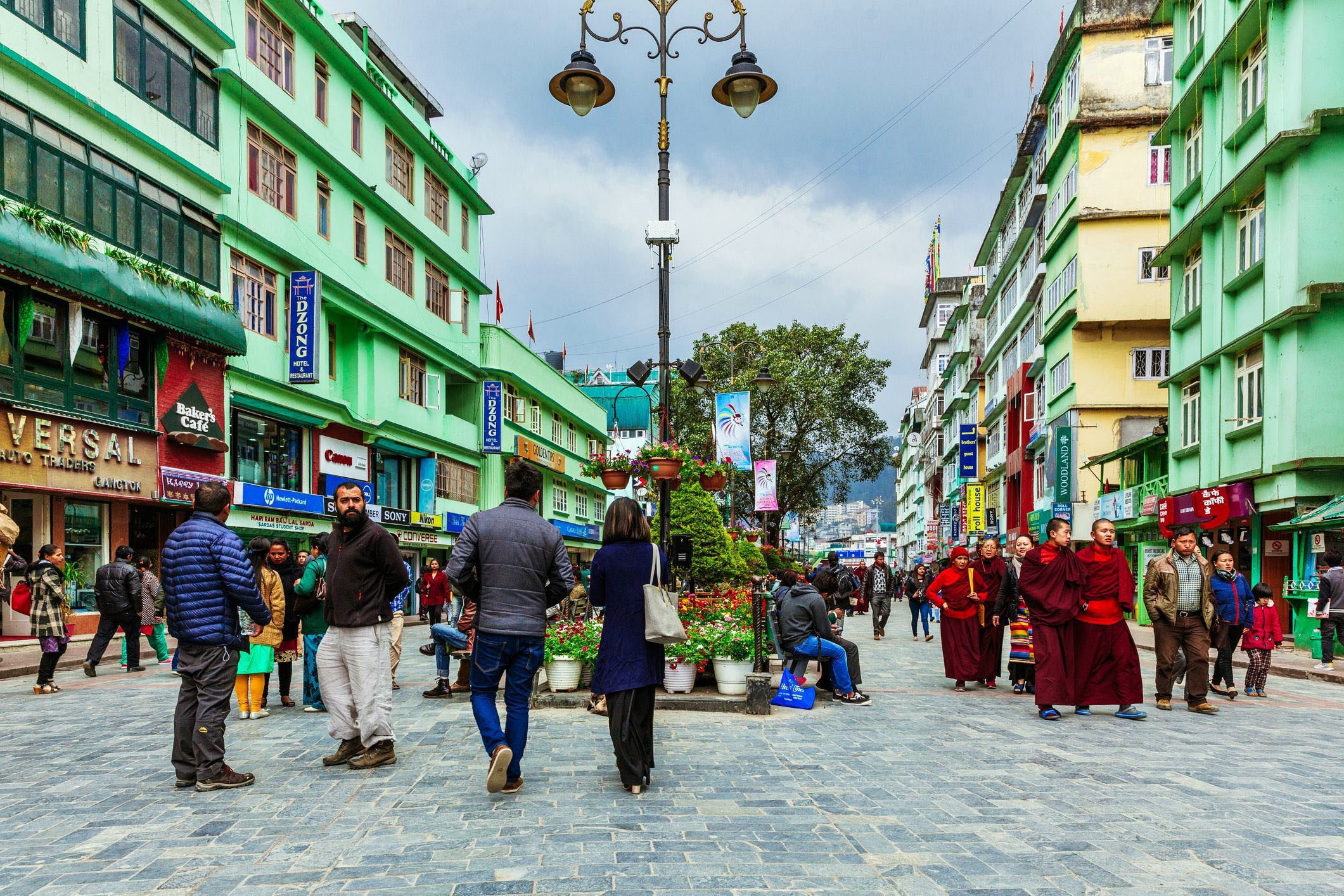
MG Road Market of Gangtok is a 1 km stretch of road which is like an open mall and always has a carnival-like atmosphere. You will be amazed to know that it’s a pedestrian-only zone and smoking & littering is strictly banned, making it easy for the visitors to spend some leisure time in the market. Benches are installed on both sides of the pathway. One can visit the souvenir stores, ethnic clothing shops, and purchase handicrafts too from his market.
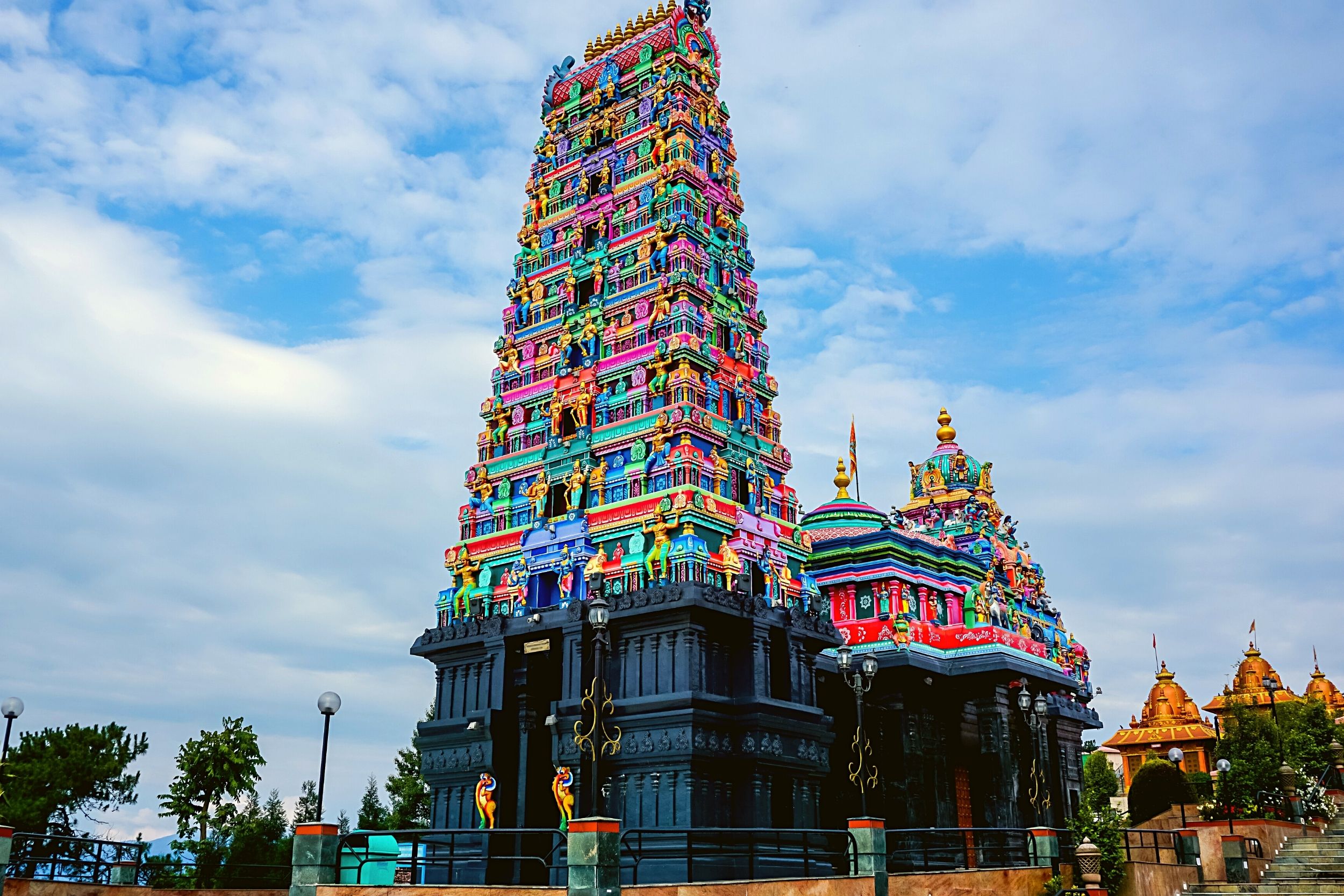
Namchi Char Dham is a huge pilgrimage cum cultural complex where the four most revered Dhams of the Hindus have been replicated. The complex is spread over an area of 29 hectares on the top of the Solophok hill in Namchi. An 87 feet tall gigantic statue of Lord Shiva sits on the top of the main Shiva temple which is 100 feet in height. It is the most magnificent and the possessing structure in the premises. The hilltop position of Namchi Chardham makes the surroundings pretty picturesque.
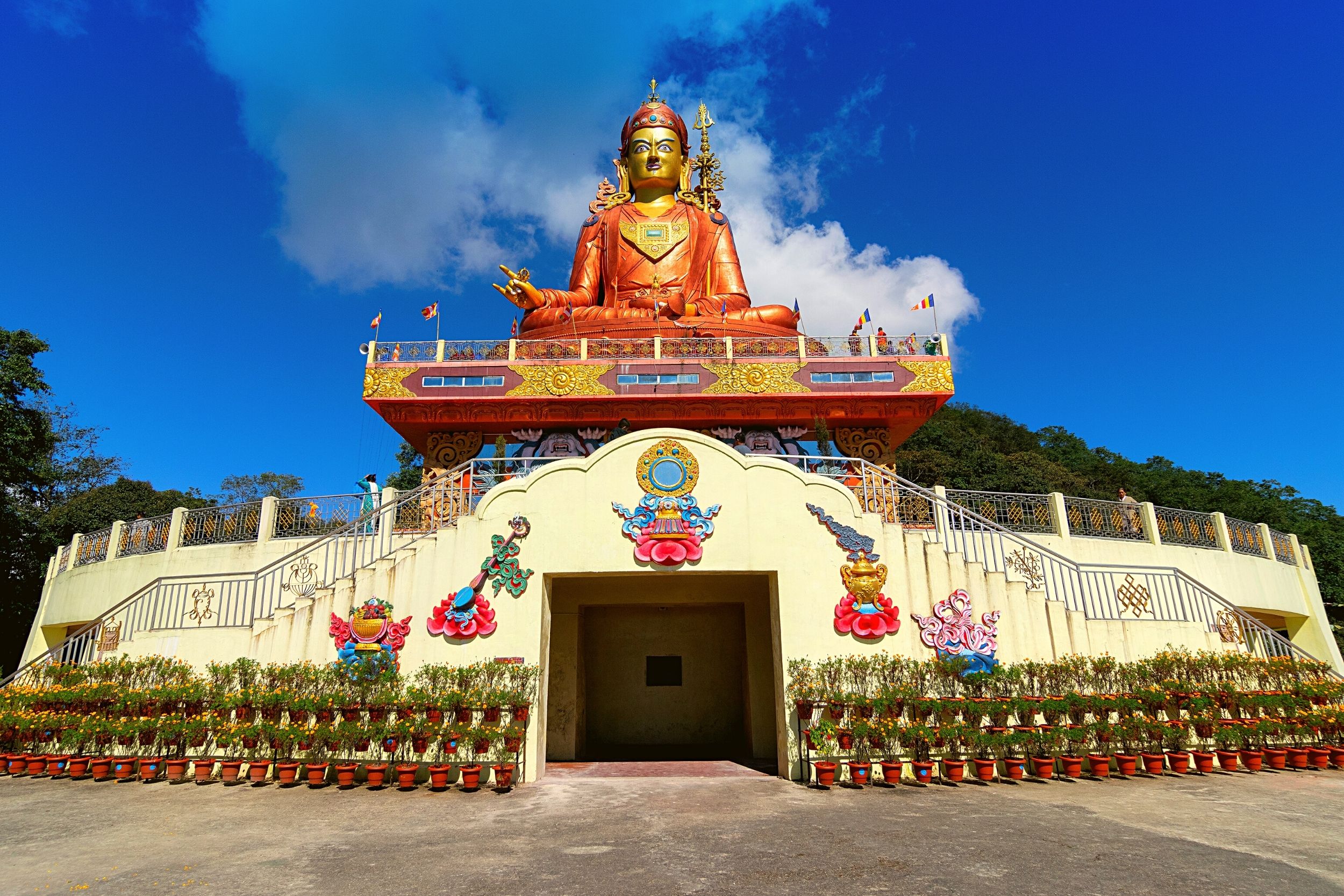
Samdruptse Hill, located at an altitude of 7000 feet, overlooks the whole city of Namchi and also offers a captivating view of Kanchenjunga. It is believed that the hill is a dormant volcano that has been held from bursting by the prayers of local monks. The mountain is beautifully graced by a 147 feet tall statue of Guru Rinpoche which is studded with gold that glitters in the sunlight. The statue is an engineering marvel which was built in seven years. This hill is indeed a heaven for photographers and nature lovers.
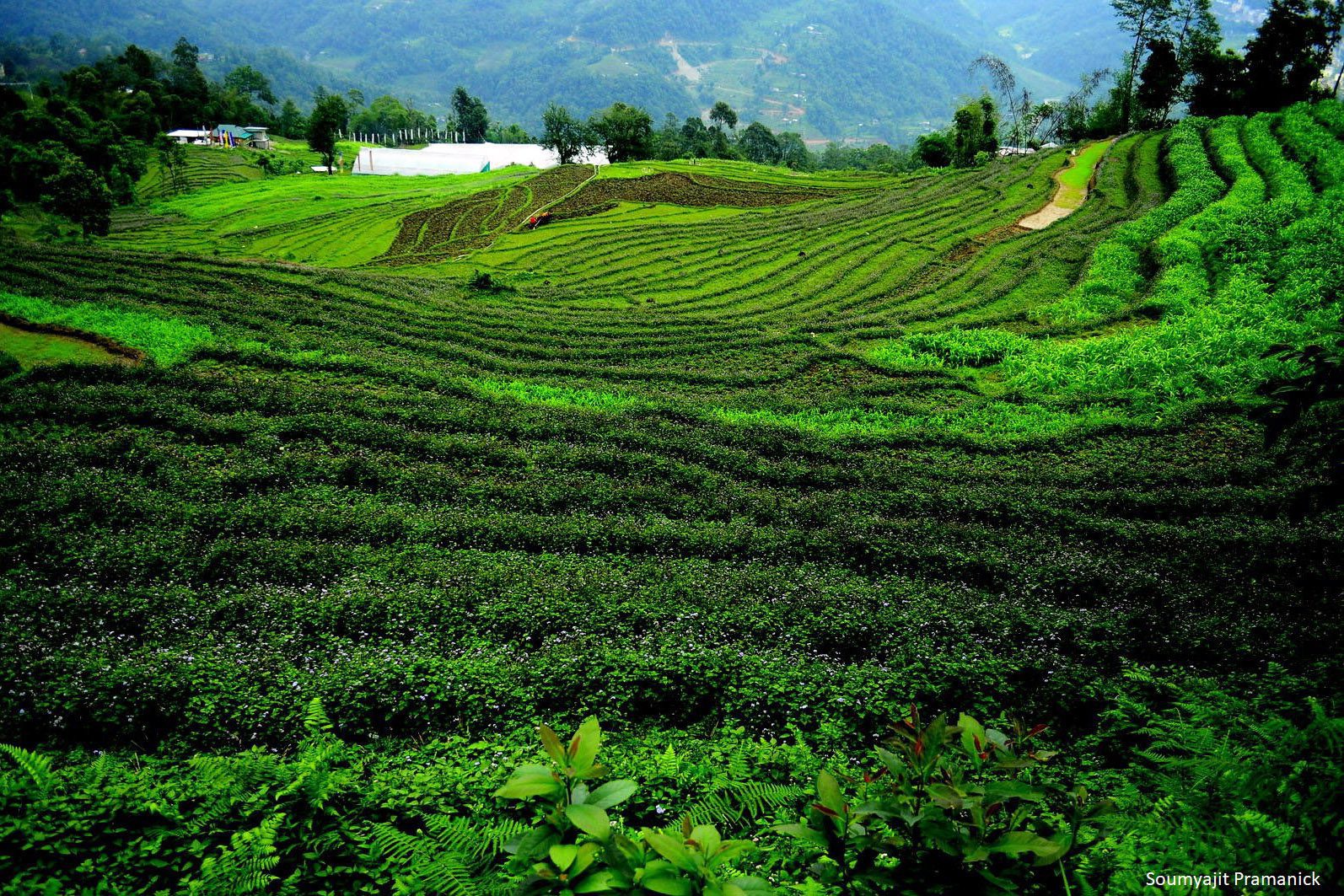
Temi Tea Garden, spread over an area of 440 hectares, is a government-run estate which was established in 1969. Lying on a gradually sloping hill, this garden is a perfect place for any tea lover as it is one of the best in the world that produces organic tea.
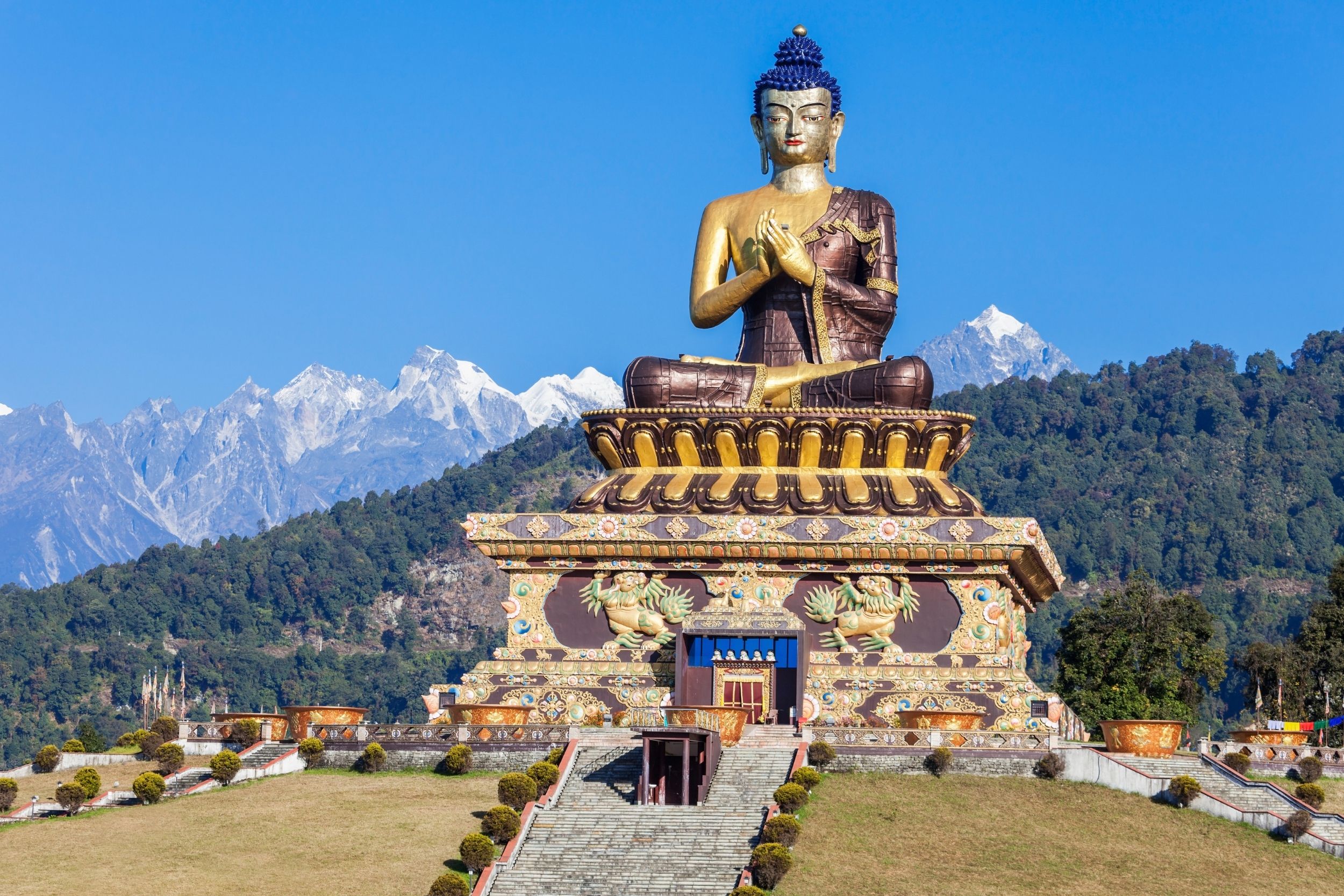
Buddha Park, also known as Tathagata Tsal, is a part of the Himayalan Buddhist Circuit. The park was built from 2006 to 2013 by Sikkim Government. It has a beautiful lake named Cho Djo within the premises surrounded by a little forest. The most popular and the significant part of this park is the 130 feet high statue of Buddha in the centre which was consecrated by 14th Dalai Lama on March 25, 2013.
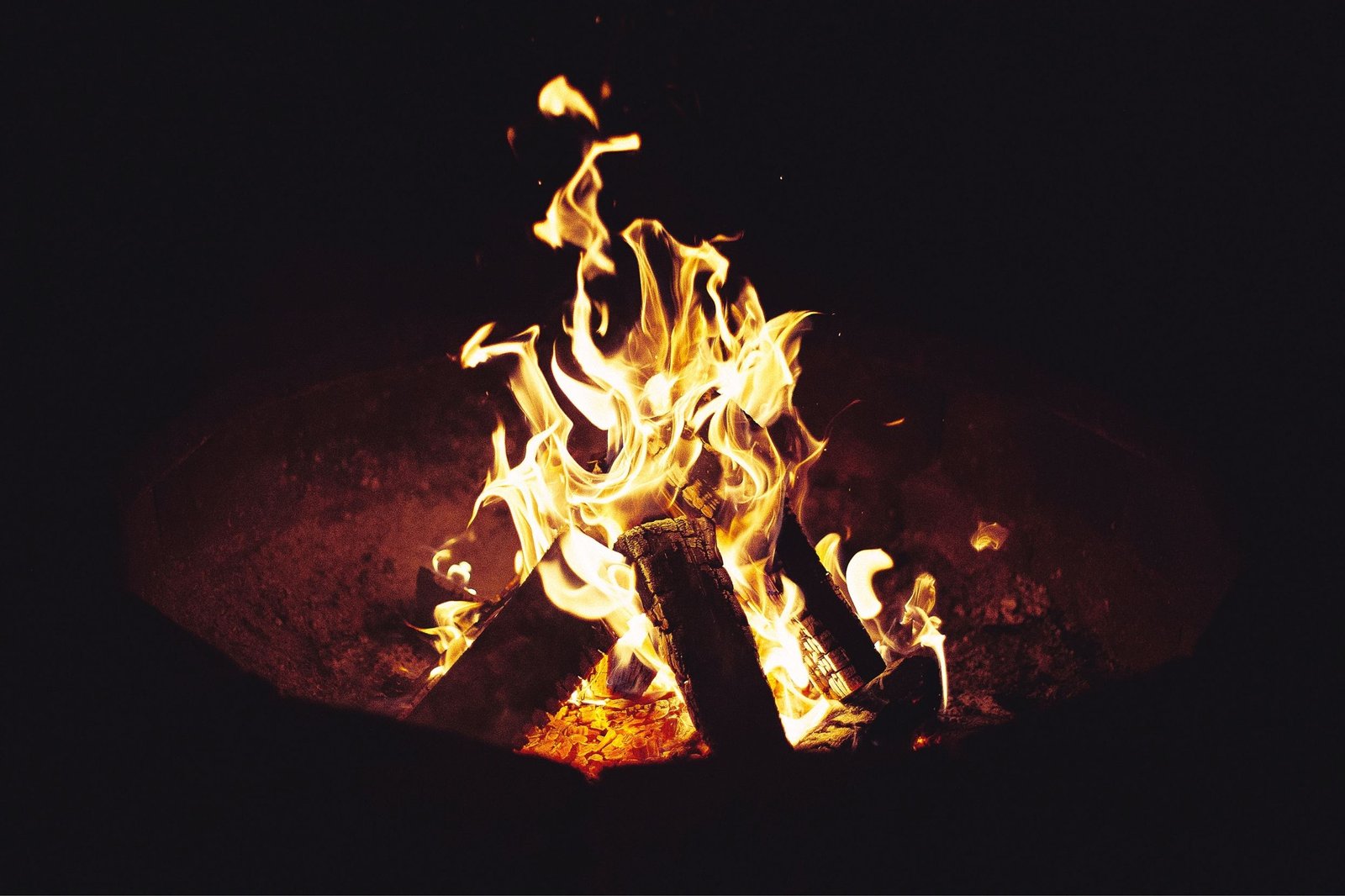
Stay excited for this part as usual!
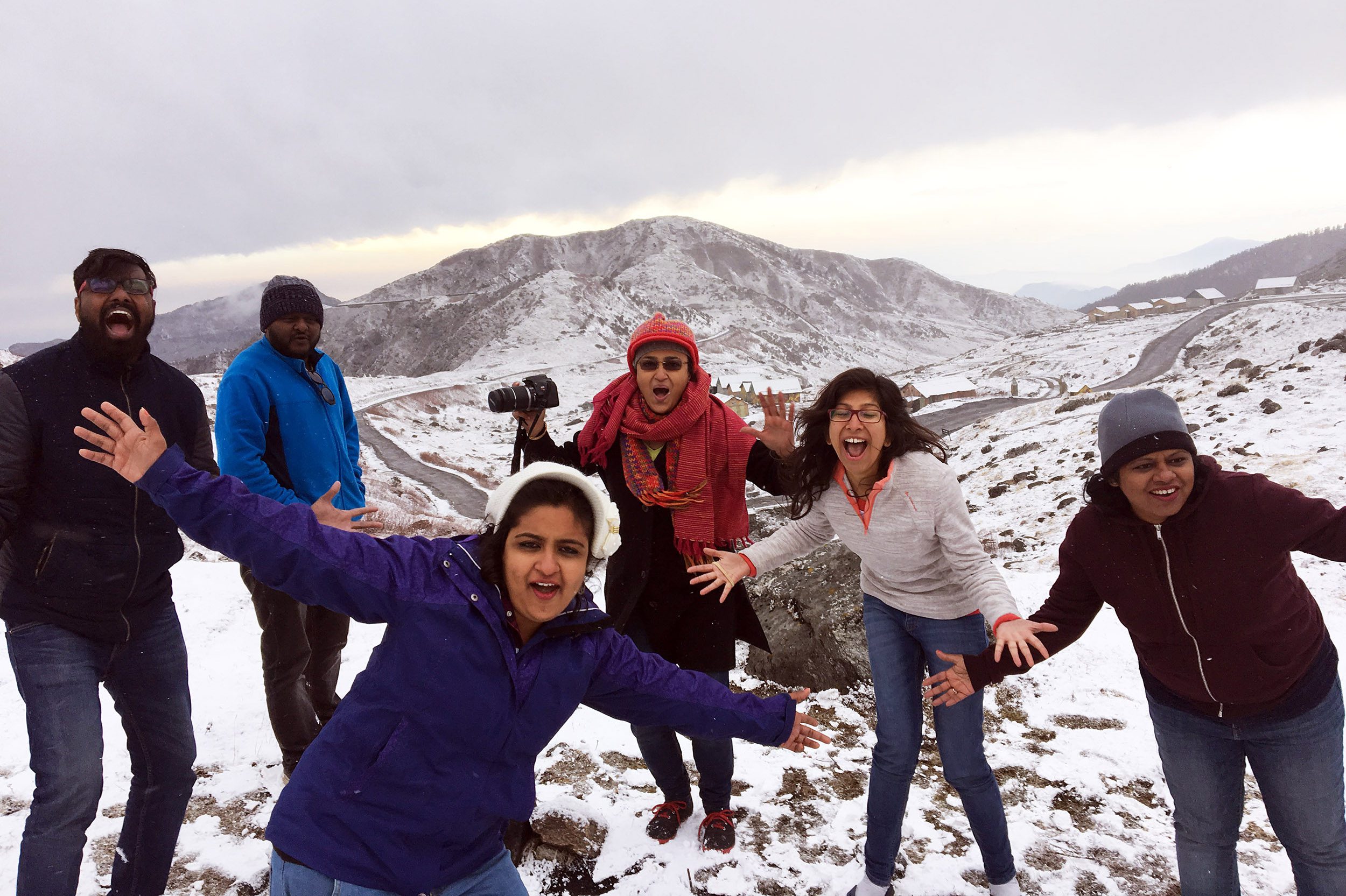
Our small group size ensures a personal touch and our group leaders make sure to bond the entire group like long-lost friends. Hence, along with an amazing travel experience, you are in for great social bonding.
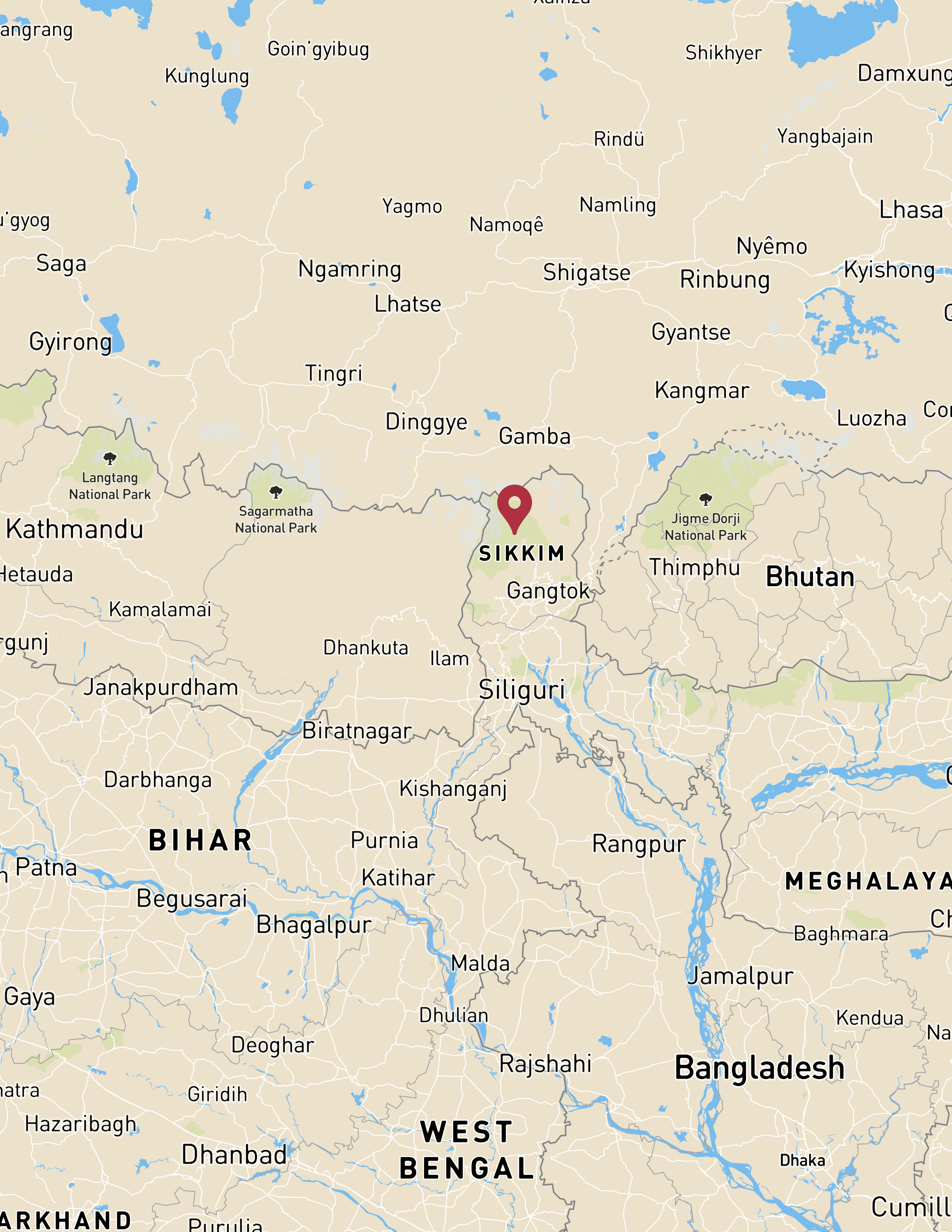
To book this trip, please Call/ WhatsApp/ Email using the below-mentioned details.
If you have any questions or concerns, then please feel free to contact us using the below-mentioned details. Alternatively, fill this form and our team will get back to you at their earliest.

Chandratal Lake – the most awaited part
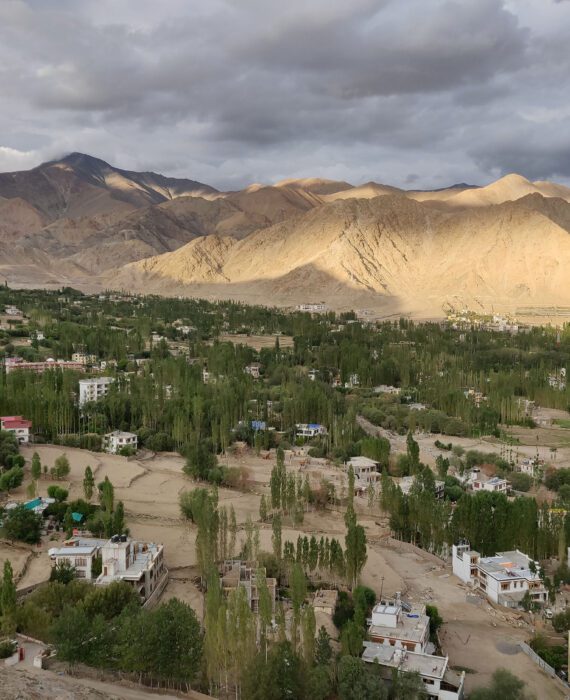
An old Tibetan saying translates to, “The